Using a capsule-filling machine can streamline your production process, whether you’re working in pharmaceuticals or supplement manufacturing. These machines can handle a variety of capsule materials like powders, granules, and even liquids.
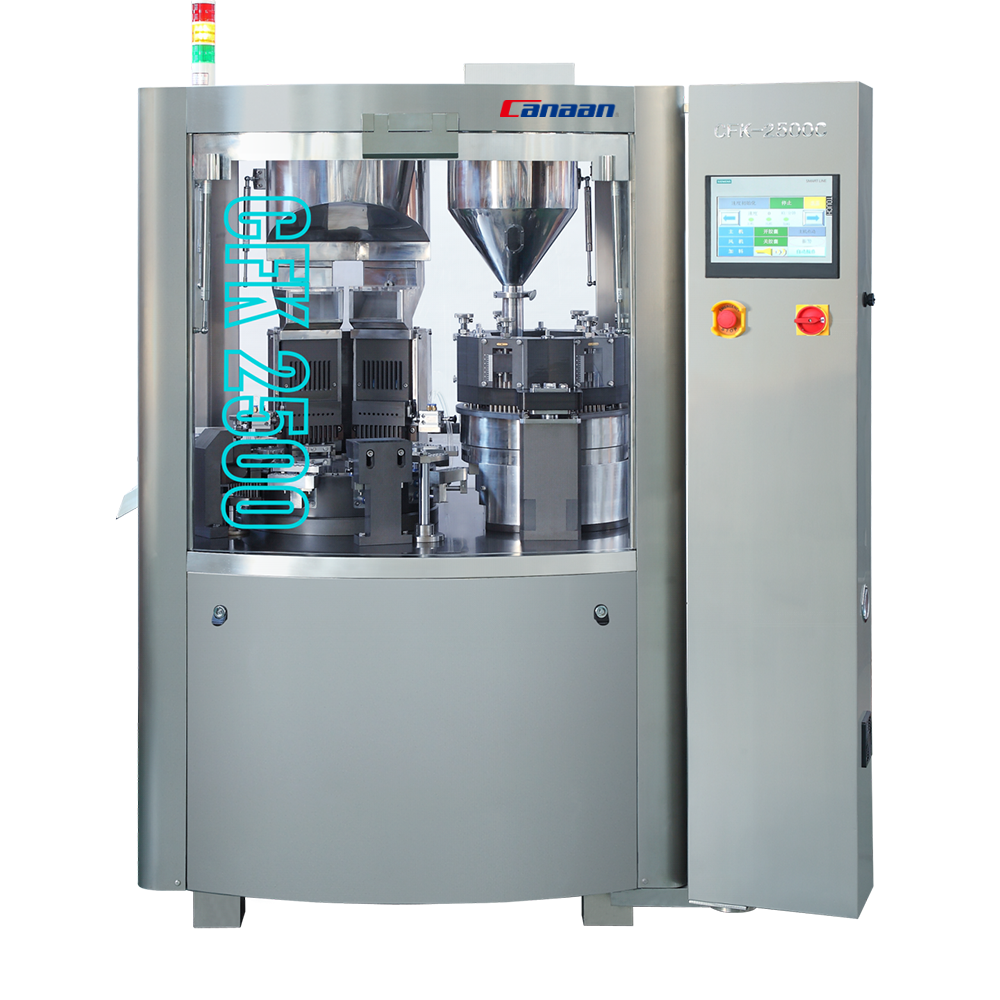
Explore the CFK Series Automatic Capsule Filling Machine for high precision and efficiency in capsule production.
Learn More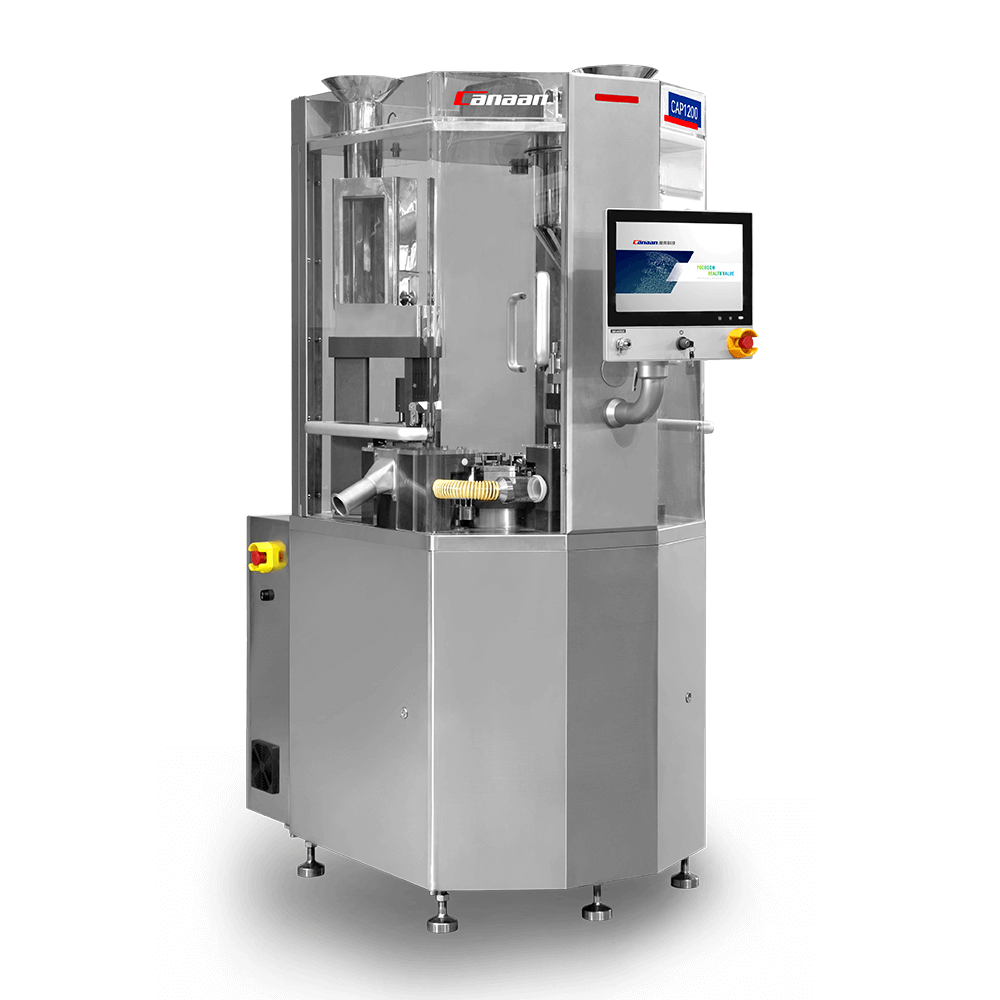
Discover the CAP Series Capsule Filling Machine for improved filling accuracy and speed.
Learn More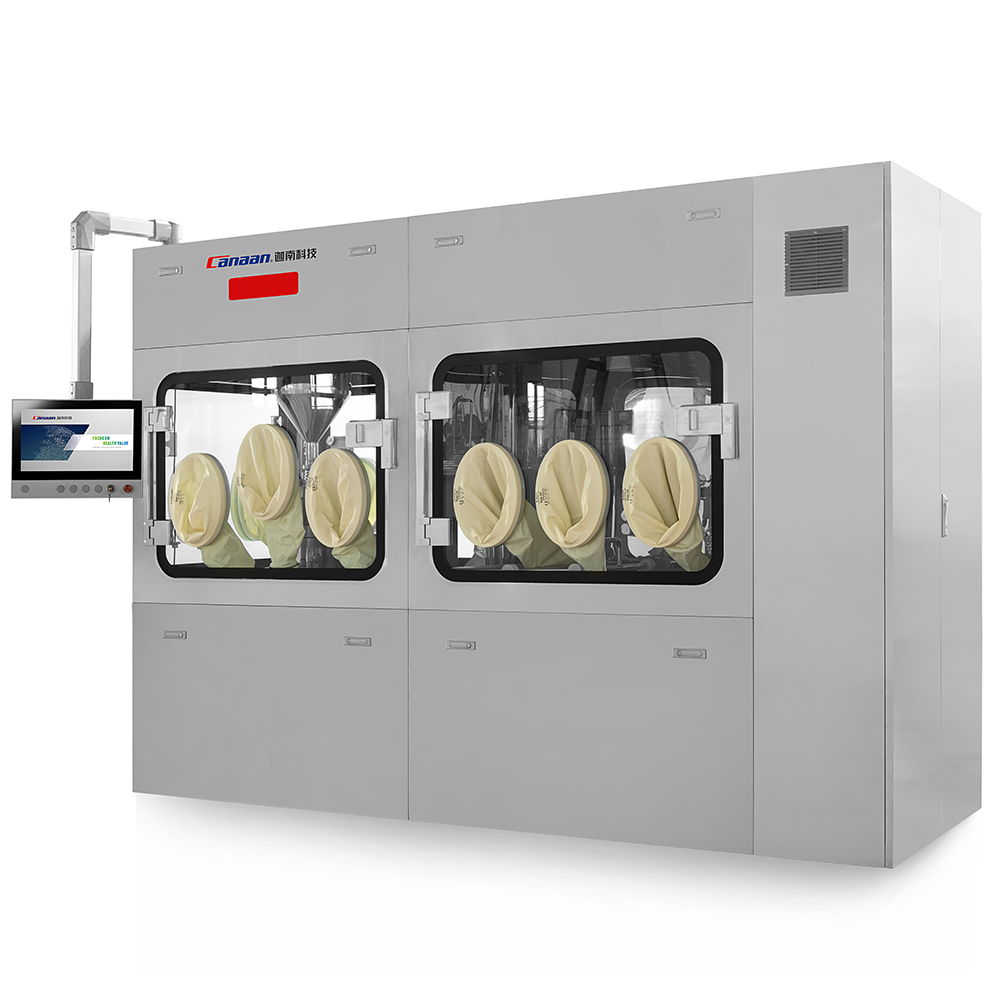
Check out our advanced Capsule Filling Machine for seamless operation and enhanced productivity.
Learn More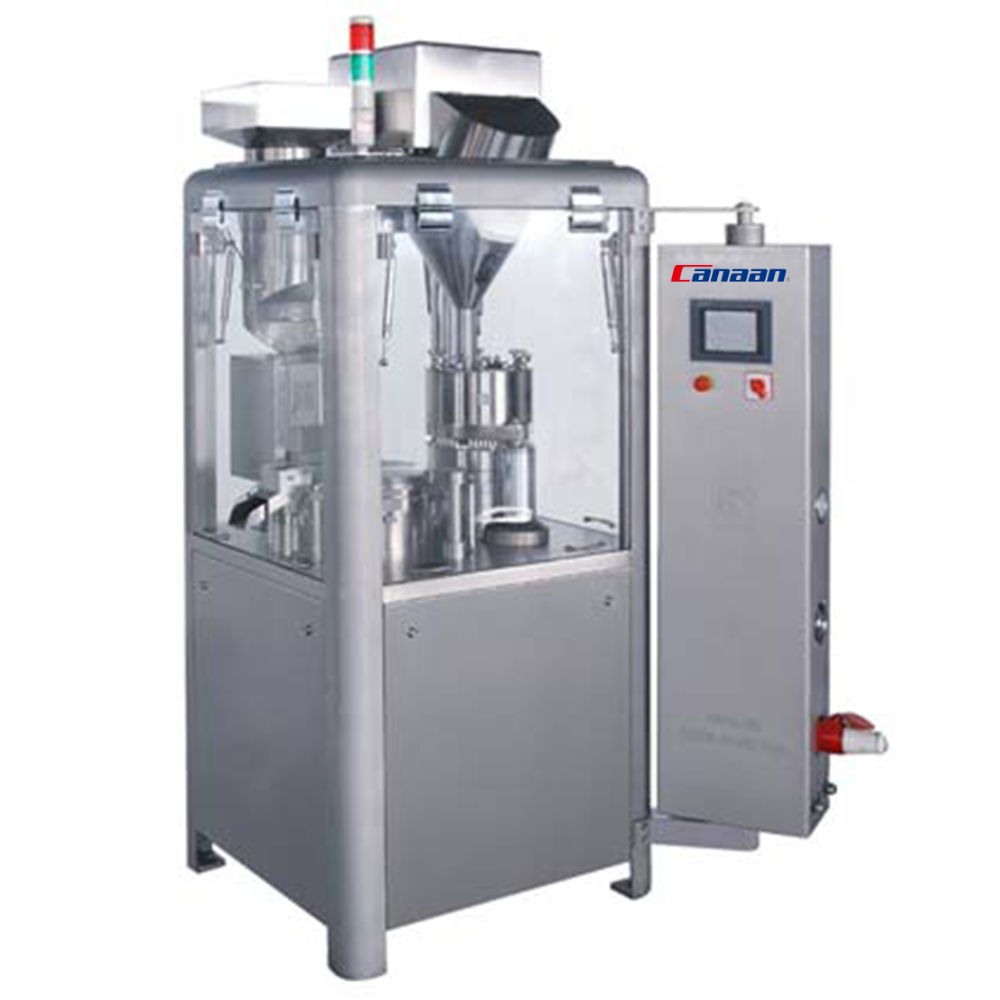
Maximize your efficiency with the NJP Series Automatic Capsule Filling Machine, built for high-volume production.
Learn MoreIn this post, we’ll cover how to use an automatic capsule-filling machine and the steps involved.
| Step | Description |
|---|---|
| 1. Prepare the Machine | Ensure the machine is clean and correctly assembled. Choose the right capsule size, check that trays and hoppers are installed properly, and load raw materials into the hopper. |
| 2. Load Empty Capsules | Load empty capsules into the machine by separating the capsule caps from the bodies and positioning the bodies for filling. This process typically involves sorting and aligning capsules. |
| 3. Set Parameters | Use the machine’s interface to set necessary parameters, including fill volume for each capsule, filling speed, and enable or disable mixing functions if multiple substances are used. |
| 4. Start the Filling Process | Begin filling capsules; the dosing system dispenses material into empty capsules while tamping pins compress the material for consistent filling and to remove air pockets. |
| 5. Reassemble the Capsules | After filling, the machine automatically reattaches the capsule caps to the bodies, sealing them securely to prevent leakage or contamination. |
| 6. Inspect the Capsules | Conduct quality control by inspecting capsules for defects such as underfilled or overfilled capsules, damaged or improperly sealed ones, and remove any defective capsules. |
| 7. Capsule Polishing | Use integrated capsule polishers to remove excess powder from the surfaces of filled and sealed capsules, ensuring they are clean and ready for packaging. |
Understand how to select the right capsule size for your filling machine and ensure optimal performance and accuracy.
What is a capsule-filling machine? A capsule-filling machine automates the process of filling empty capsules with powders, granules, or other substances. This allows for consistency, speed, and precision in production.

These machines are invaluable for high-production environments. They eliminate the need for manual filling, which can be time-consuming and prone to errors.
Let’s break down how to use a capsule-filling machine step by step:
Before starting, ensure the machine is clean and ready for use. Follow these steps:
Preparing the machine correctly is crucial for ensuring smooth operation throughout the entire process.
Load empty capsules into the machine. This process involves separating the capsule caps from the bodies and positioning the bodies for filling. Capsule-filling machines often include trays or compartments to handle the following:
This automatic process helps speed up production while ensuring capsules are correctly oriented for the next steps.
Use the machine’s interface to set the necessary parameters. This step involves:
These parameters ensure that each capsule is filled consistently with the correct amount of product, whether it’s powder, granules, or liquids.
Once everything is set, the machine can begin filling the capsules. Here’s how it works:
Automatic machines fill large quantities of capsules quickly, which is ideal for high-volume production. For more complex formulations, machines can be equipped to mix multiple ingredients within a single capsule.

After the capsule bodies are filled, the machine automatically reattaches the capsule caps to the bodies. This step seals the capsules securely and prevents leakage or contamination. The reassembly process is automated and ensures each capsule is perfectly aligned and sealed.
Quality control is essential. After the filling and sealing process, inspect the capsules for any defects:
Many machines come equipped with a capsule rejection system that automatically removes capsules that don’t meet quality standards.
Once the capsules are filled and sealed, they may have some powder residue on their surfaces. Capsule polishers are often integrated into the machine to remove excess powder and ensure that each capsule is clean and ready for packaging.
Here’s why capsule-filling machines like Canaan’s are so effective in high-production environments:
Automatic capsule-filling machines are incredibly fast, filling thousands of capsules per hour. This dramatically increases production efficiency compared to manual methods. Machines designed for large-scale production can process anywhere from 24,000 to 400,000 capsules per hour, making them ideal for pharmaceutical industries.
Each capsule is filled with a precise, pre-measured dose. This level of accuracy ensures uniformity across all capsules, which is especially important in pharmaceuticals where precise dosages are critical.
Because the entire process is automated, human contact with the capsules is minimized, reducing the risk of contamination. This makes capsule-filling machines perfect for environments that require strict hygiene standards, such as the pharmaceutical industry.
Automatic machines are designed to run continuously with minimal downtime. They require little maintenance during operation, which allows for uninterrupted production over long periods.
To get the best results from your capsule-filling machine, follow these tips:
Regular cleaning and maintenance are vital for ensuring the machine functions properly. Remove product buildup from the filling components and check the machine for any signs of wear or damage.
Frequently inspect the capsules during production. Look for capsules that are improperly filled, damaged, or incorrectly sealed, and remove them to maintain product quality.
Select a machine that matches your production scale. Smaller machines are ideal for limited production runs, while larger machines can handle thousands of capsules per hour. Consider factors like production volume, capsule size, and the type of materials being filled when choosing a machine.



Capsule-filling machines are versatile and can handle different types of materials:
Capsule-filling machines must meet regulatory standards to ensure safety and effectiveness. Validation documents are typically provided with the machines to confirm compliance:
Before shipping, FAT verifies that the equipment meets the design and operational requirements. The documentation includes:
After installation, SAT ensures that the machine operates correctly in its intended environment. Documentation covers:
This confirms that the machine is installed properly, including utilities and safety connections, ensuring readiness for operational testing.
OQ ensures that the machine operates correctly under actual production conditions, confirming it meets performance standards.
Using a capsule-filling machine significantly enhances production efficiency in industries like pharmaceuticals. By automating the entire capsule-filling process, these machines ensure precision, consistency, and high-quality output.
Canaan’s automatic capsule-filling machines come with certifications, ensuring compliance with international safety, health, and quality standards. They confirm that our machines meet rigorous safety protocols and deliver reliable, high-quality performance.
With Canaan’s machines, you can confidently manage large-scale production, knowing that every step—from capsule filling to sealing—is handled with precision and minimal risk of contamination.
For more information, visit our website or get in touch with us!
What Is Factory Acceptance Testing (FAT) & How Does It Work?
What is a Site Acceptance Test?
Installation Qualification (IQ)
IQ, OQ, PQ: A Quick Guide to Process Validation (Plus Free Resources)


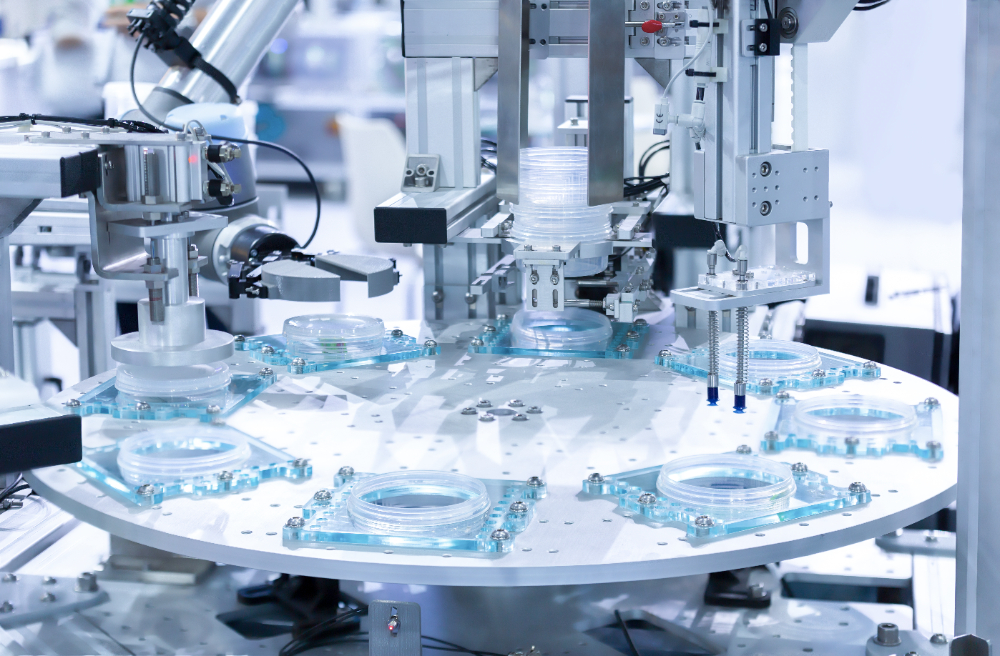

Manufacturing pharmaceutical products should always be taken seriously. That is, every process must follow the strictest and highest standards. This is the very reason why manufacturers prefer hiring an EPC contractor. Contractors working under EPC contracts will ensure the outcomes are of the best quality no matter what happens, focusing on the construction of the […]

Explore the importance of EPC contracts in pharmaceutical manufacturing. Learn how EPC works, its benefits, and why choosing an EPC contractor can guarantee project success with Canaan’s industry-leading equipment.

Discover how SCADA and PLC improve automation in the pharmaceutical industry. Learn their roles, benefits, and how Canaan’s advanced technology enhances efficiency and safety.